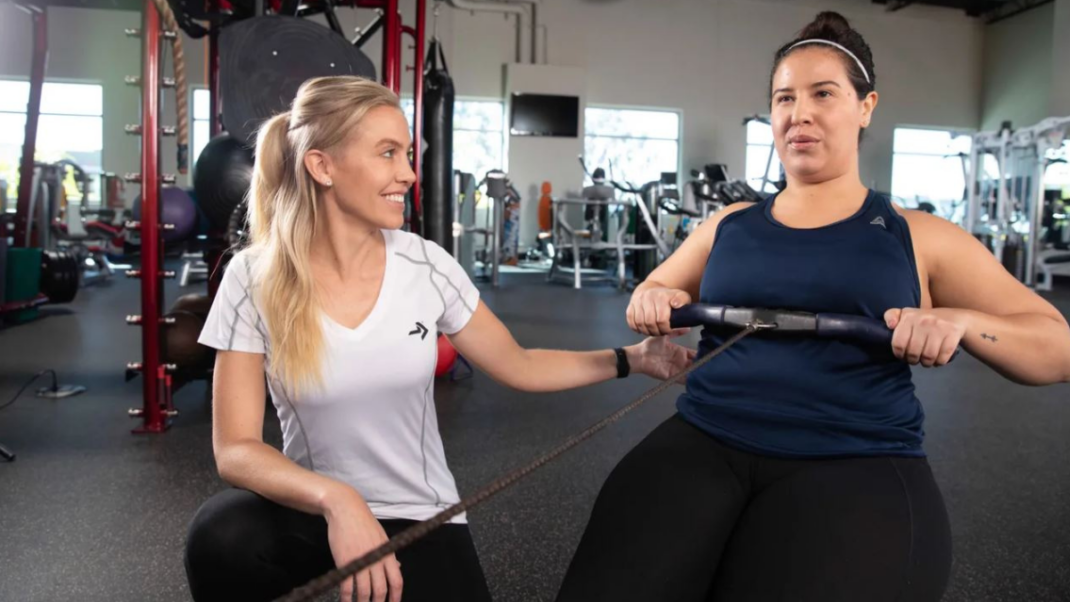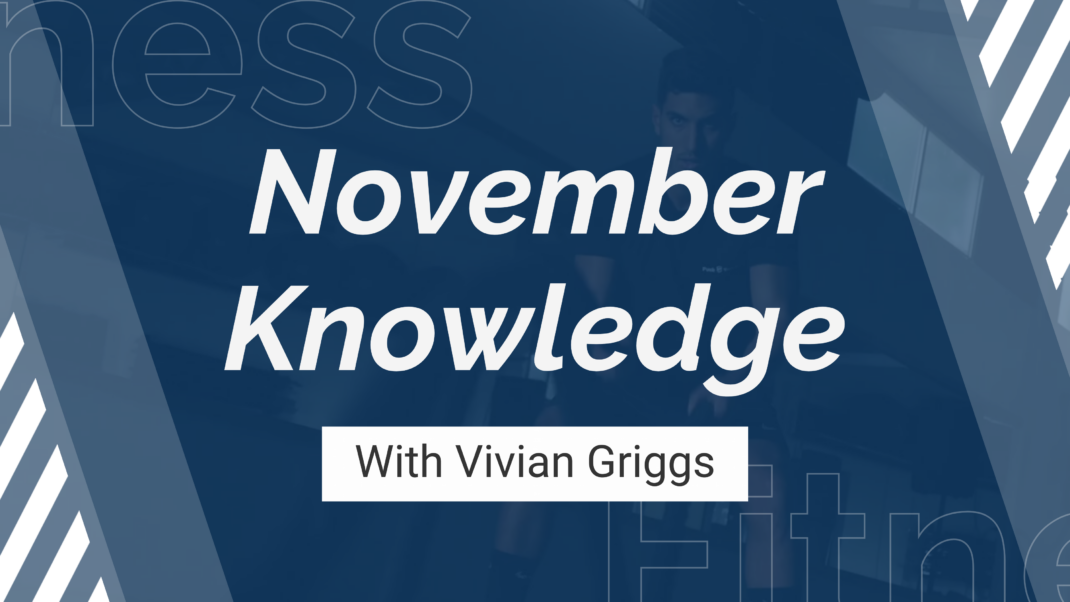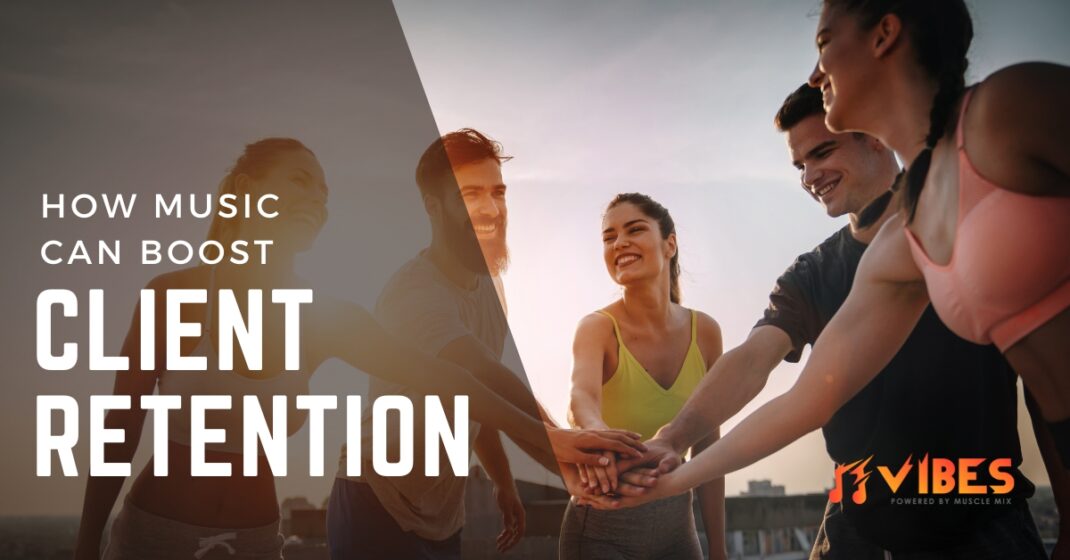Is Your Face on Facebook?
Employ simple strategies to market your “profile” using online social networking.

To be successful in business, who
you know is often more advantageous than what you know. For fitness
professionals, a strong personal and professional network is helpful in
building clientele. In an industry where word of mouth and referrals are crucial to business longevity, staying
connected within the right communities is essential. In today’s digital age,
making connections online has simply become the easy, convenient option.
Facebook is one of the more popular social networking websites
that have modernized the way we connect with others. When it comes to promoting
your services and maintaining a professional presence, let’s discover what
advantages and limitations you can expect to “face” online and how to make the
most of your Facebook profile.
What Is Online Social Networking?
Social networks are created through our
common associations—in the workplace, at school, in the gym, through family and
friends and through hobby or interest groups. The Internet has played a
significant role in expanding these social networks online. We have the
capacity to reach broader markets and connect with people beyond our geographic
boundaries.
Over the years, health and fitness professionals have belonged to
various online social networks, ranging from groups where instructors shared
choreography to forums where personal trainers exchanged tips to listservs that
helped managers locate certified professionals. Although earlier forms of
online networking served a functional need, they were often limited and tedious
to maintain. The systems depended on moderators to organize the groups and
regularly update the e-mail contacts. (How many times have you had to send a
“please take me off this list” e-mail?)
Today, online social networking websites have taken a lot of the
onus off the moderators and placed the responsibility on users to stay
relevant. Mega-networking platforms, like Facebook and MySpace, allow members
to freely search and choose the connections and groups they wish to pursue.
At the same time, niche networking sites exist for those who
would like to connect with like-minded health professionals and fitness
enthusiasts. One such site is eXerciseFriends.com. Think of it as a free health
and fitness version of Match.com (without the dating part!). The goal is to use
the exercise network to find workout partners or training groups online and
then—you guessed it—work out with them “offline”. Members sometimes visit the
site to seek out fitness professionals who can help them achieve challenging
goals. Fitness professionals can quickly establish an online presence and also
determine what activities are popular in their local communities.
Online social networking may be the Net generation’s answer to
finding workout buddies, but it has other advantages in the health and fitness
industry. Gyminee.com and Traineo.com depend on their communities to support
members in achieving fitness goals. These sites offer additional features for
tracking activities, diet, health behaviors and weight. “By using your
real-life friends and family members as ‘motivators,’ you are held accountable
to your weight loss and fitness goals,” states Jennifer Lee, vice president of
marketing for Traineo. Fitness professionals can get involved in these online
communities and provide expertise and encouragement to members in local areas.
(Who knows? One day these members may turn into clients.)
Unless they offer additional online training programs or
nutrition counseling, social networking sites are usually free to join. In
fact, it’s not uncommon for people to have accounts across two or three
networks.
Putting a Face to a Name
Out of all the online networking sources,
why is Facebook so popular? As you know, having access to a large network of
people can help you extend your professional reach. Facebook is one of the
fastest-growing social networking sites online. As of January it claimed to
have more than 59 million users and was listed by comScore as the sixth top
destination on the Web.
Already, fitness professionals and organizations are using
Facebook to promote their professional brand and expand their social network.
Jason Davis, Internet marketing manager for IDEA Health & Fitness
Association, brought the company’s presence to Facebook in July 2007. “We
created the Facebook group to reach our existing members who might be using
this platform—as well as to reach new members—to connect, share and inspire in
a virtual community setting,” he says.
The Business of Facebook
Creating an account on Facebook is easy,
and designing your profile is also straightforward. But if you want to use
Facebook as a business tool, you have to put energy into building your
network—and that can take time. Your profile activities are publicized across
your network via a news feed on your Facebook home page. So, if you add Jane to
your network, join a Facebook health group or update information in your
profile, everyone in your network will know about it. It will be listed on
their daily news feeds. This knowledge is one of the reasons Facebook is such a
powerful networking tool. The news feed feature can help you discover new
groups, identify new connections and follow the ongoing interests of your
immediate community. Every time your profile shows up on a news feed, your
professional exposure increases. Now, when you join a new fitness group, maybe
Jane will, too.
Here are five simple ways you can take advantage of the Facebook
features and increase your news feed visibility:
Join a Group and/or Create
Your Own. The easiest way to meet friends in Facebook is by
becoming part of various professional organizations and interest groups. With
thousands of health- and fitness-related groups available, you’re bound to find
some you like. If not, it’s easy to generate your own. Create a group for your
exercise classes or fitness facility.
Add to Discussion Boards. Groups
often have discussion topics posted on their main pages. Contribute your
thoughts to relevant issues and participate in regular conversations.
Cross-Promote to and From
Facebook. Link your Facebook profile to your professional
website or blog (and vice versa). Let others in your social communities know of
your presence across various networks. (The Flog Blog application allows you to
integrate your existing blog into your profile quickly and easily.)
Update Your Profile Status
Often. Tell people what you’re currently doing and feeling.
Update your status once a day or every hour. Use your profile to convey instant
health messages and reinforce fitness tips. A simple “off to the gym” or
“working on today’s step routine” allows your contacts to keep tabs on you (in
a good way). You can also link status updates to mobile phones.
Add Facebook Applications.
Enhance the functionality and personality of your profile by adding extra
features. See “Give Your Profile a Face-Lift!” on page 85 for more on health
and fitness applications.
Connections for Modern Times
Online networking sites have become more
user-driven, user-centered and user-friendly, making expanding your social
circle almost effortless. Although most of these networks are free, your time
isn’t. Different online networking sites cater to select demographics, so be
sure to choose the social community that best aligns with your business
strategy.
SIDEBAR: Give Your Profile a Face-Lift!
Runlicious. Great for logging your
runs. You can chart your running pace, archive weekly runs and illustrate your
progress on a graph. This app even tracks your shoes and their mileage. Other
running apps include RunLogger and RunTime.
WiredBerries. With this app, you get
your daily health advice embedded in your profile—everything from food and
nutrition tips to fitness information and natural beauty guides. Also check out
Health Fitness and Health Tip of the Day.
My Cycling Log. Just like the running
logs, this app journals your cycling rides. Also, see Motionbased for another application.
Racebib. If you participate in
triathlons, marathons and other races, use this app to display the race bibs
from your events. Include your finish times and other race statistics for
bragging rights!
FitnessQuizzard. Up for a fun cognitive
challenge? Take fitness quizzes or make your own. Then share them with friends
to see who is the most mentally fit.
Biray Alsac, MS, is the
owner and director of FITTmaxx Institute. She is an ACE-certified fitness
presenter and an adjunct faculty member in the exercise science department of
Mesa Community College, Phoenix. Read her fitness and technology blog at www.befitwithbiray.com
(or “poke” her on Facebook!).




